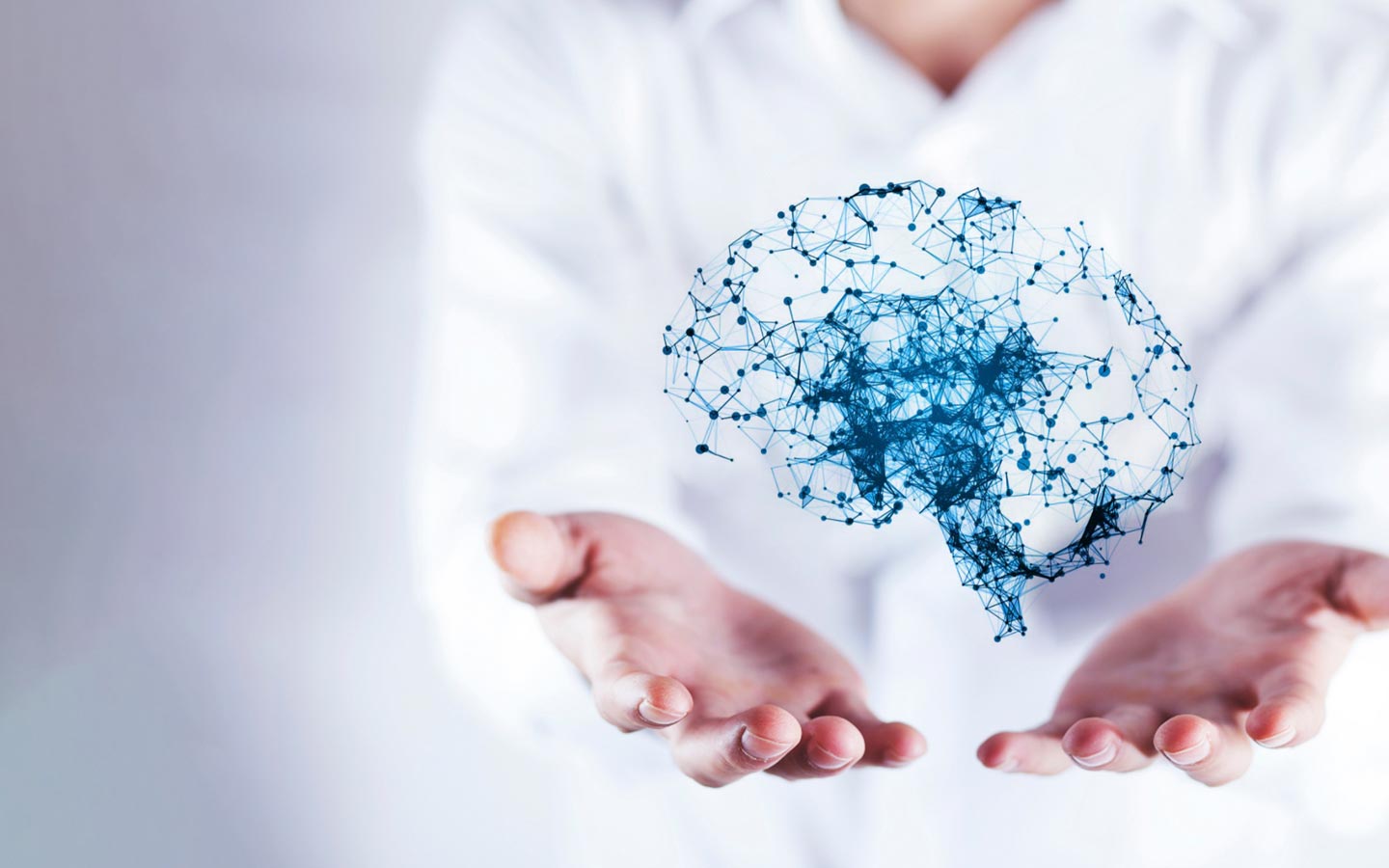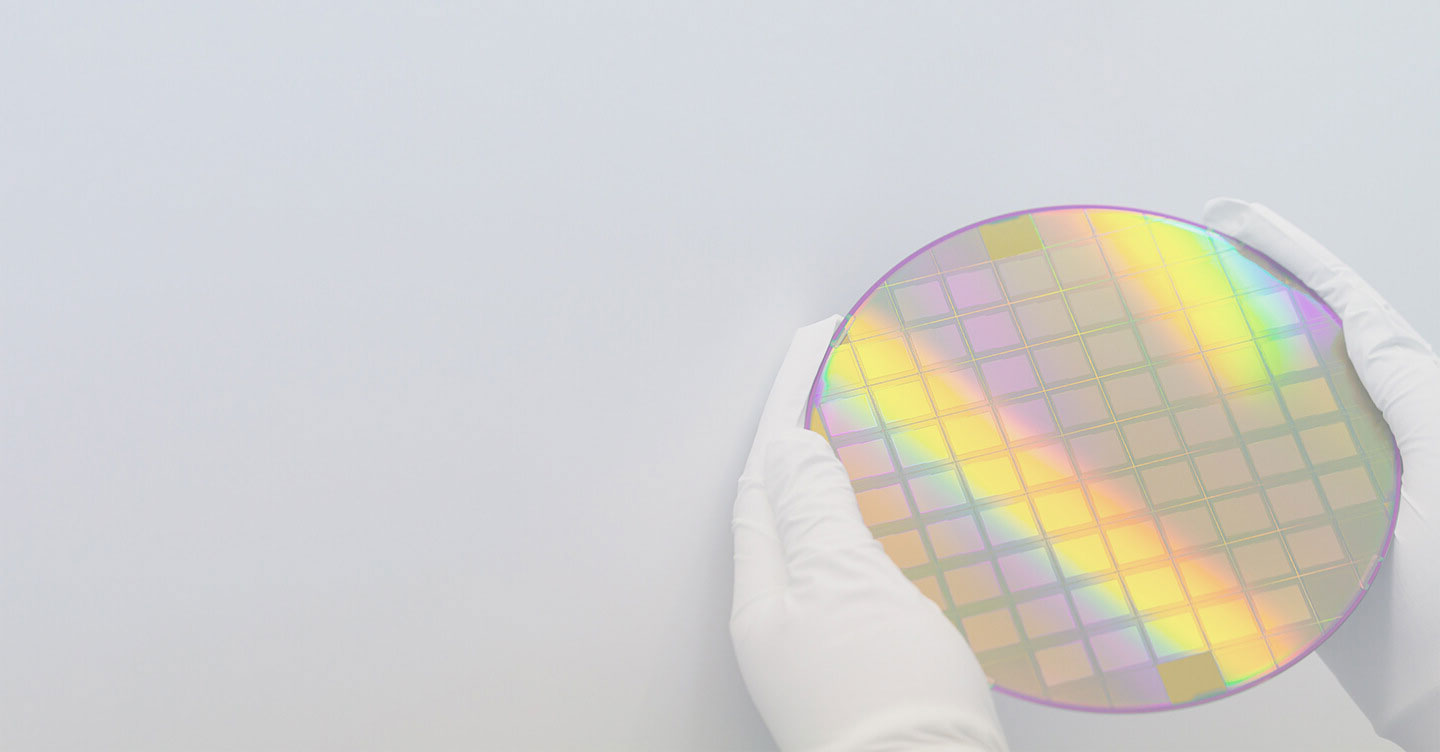
High-precision, closed-loop deep brain stimulation therapy to treat neurological disorders
Learn MoreFeatures

Why the need for high-precision deep brain stimulation?
Deep-brain stimulation, or DBS, is an existing, FDA approved therapy for Parkinson’s disease, Essential Tremor, Dystonia and drug-resistant Epilepsy. While DBS can have a tremendous positive impact on the daily live of patients, a range of side-effects can be associated with the therapy. Some of these side-effects are the due to off-target stimulation. Off-target stimulation happens because the electrodes that are used in deep brain stimulation are relatively large compared to the brain regions they are targeting. As a result, the DBS electrodes induce electric fields with low spatial resolution that extend beyond the target brain region and activate neighboring brain regions and passing axonal pathways. Every year we learn more about the complex anatomy of the deep brain regions that are targeted in DBS, including the connectivity patterns with other brain regions. Equipped with this knowledge, existing electrode technologies need to be innovated to enable more precise targeting in deep brain regions to avoid unnecessary damage, induce less side effects and achieve better long-term efficacy of the stimulation.

Why the need for closed-loop deep brain stimulation?
Existing commercial DBS electrodes stimulate continuously without ongoing information about local neural activity. Over time however, the brain becomes less responsive to the stimulation, resulting in the need for re-programming of the DBS parameters. This re-programming often requires multiple visits to the clinic, which is time-consuming and stressful for the patient. Continuous stimulation also drain battery power of the associated implanted pulse generator (IPG), leading to IPG replacement surgeries. A need exists therefore for a closed-loop device in which neural activity can be sensed continuously in the brain during stimulation. A closed-loop sensing and stimulation platform will allow for automatic adjustment of stimulation parameters based on the continuous sensing of local neural activity patterns, eliminating the need for lengthy and ad-hoc DBS re-programming.

How do we create high-precision and closed-loop DBS devices?
We use micro-and nano-fabrication manufacturing technologies to create electrode leads that are almost invisible to the eye and yet contain many individual micro-electrodes that can each sense neural activity and can electrically stimulate with high spatial resolution in the brain. Individual electrodes are 150 times smaller than existing DBS lead electrodes and can achieve stimulation down to single neuron precision, while the leads retain the ability to stimulate larger regions of brain tissue. The micro-electrode leads are developed in parallel with an electronic chip for readout of signals and control over stimulation, which will eventually replace the big and bulky implantable pulse generators associated with current DBS systems. A machine learning driven data analysis platform analyzes the data and makes predictive assessments that are used to drive automated adjustment of stimulation parameters in response to locally recorded neural activity.